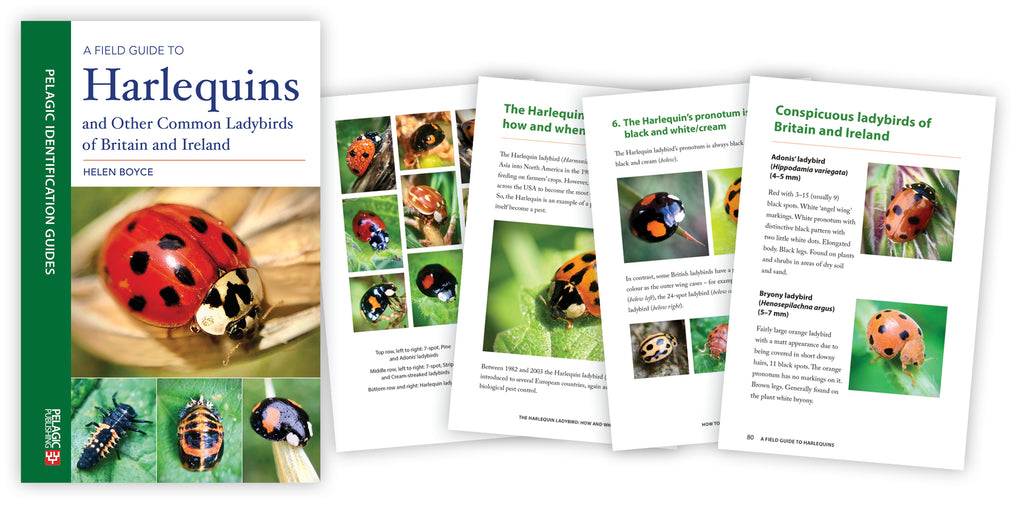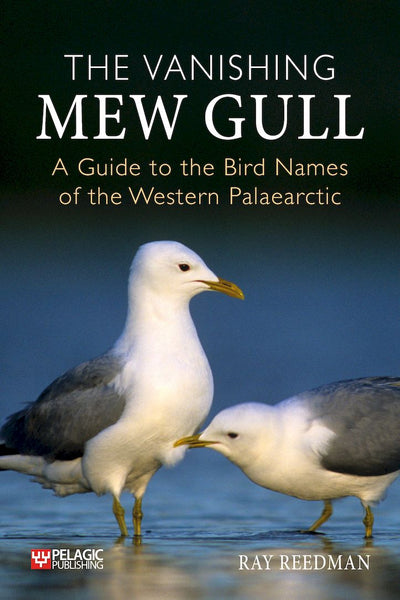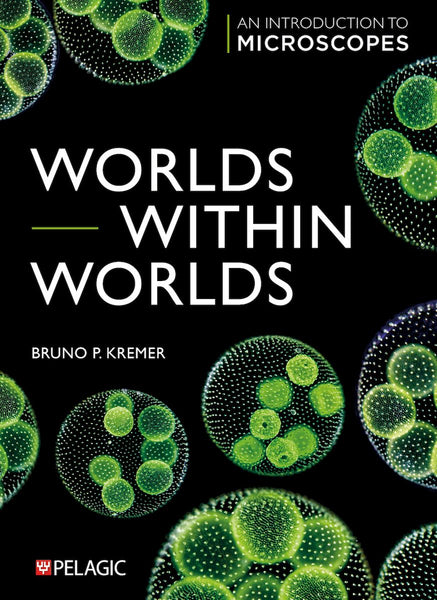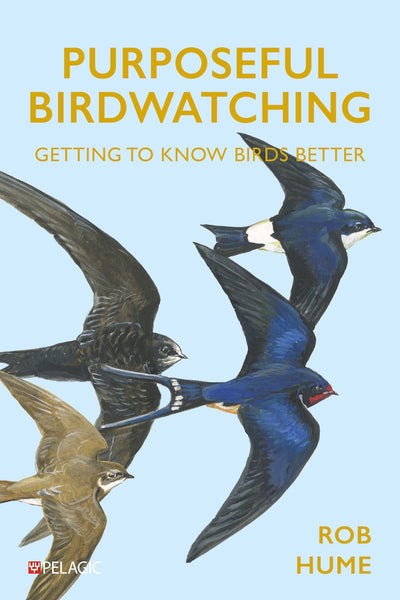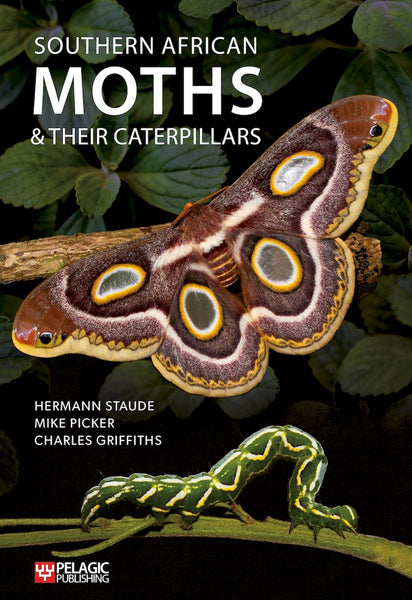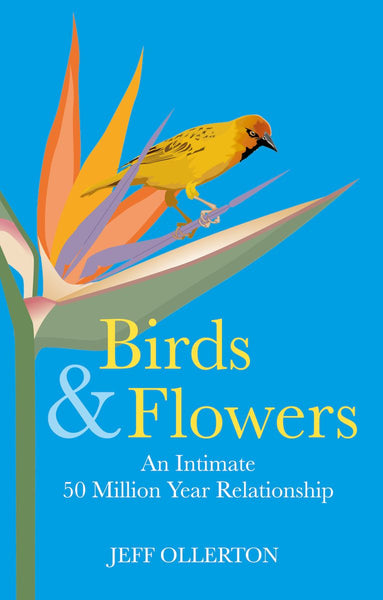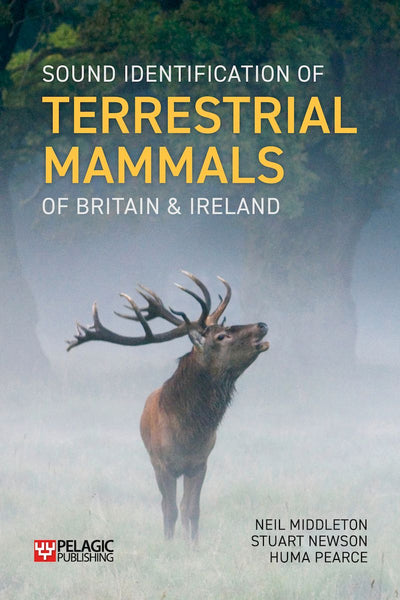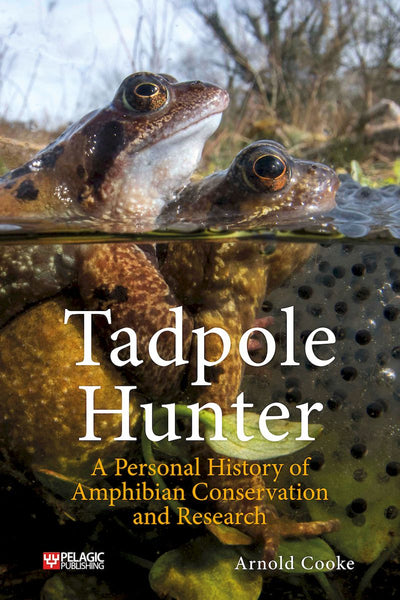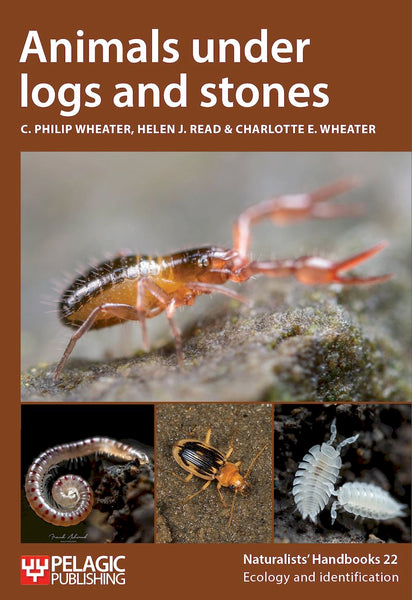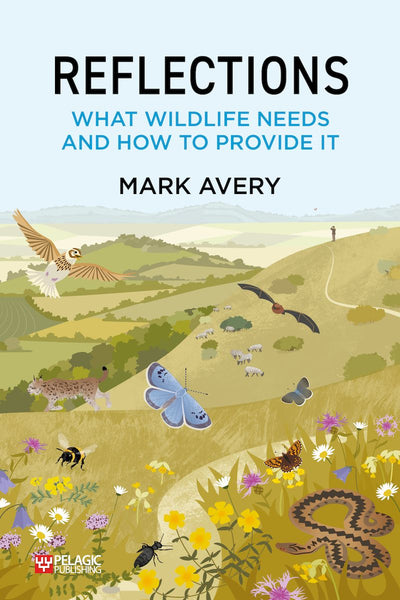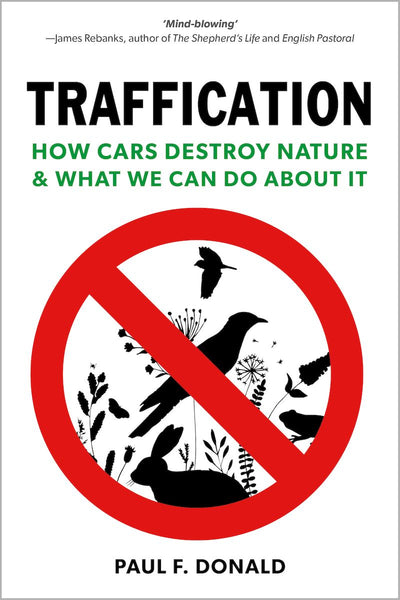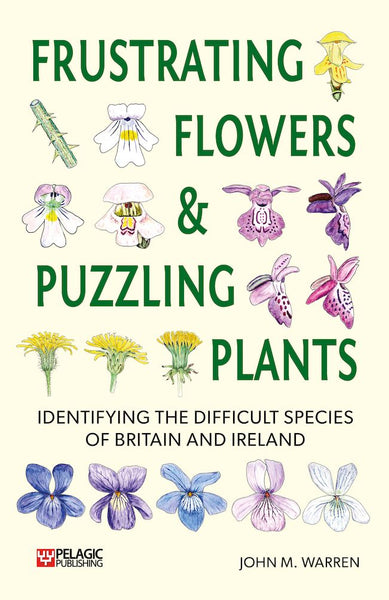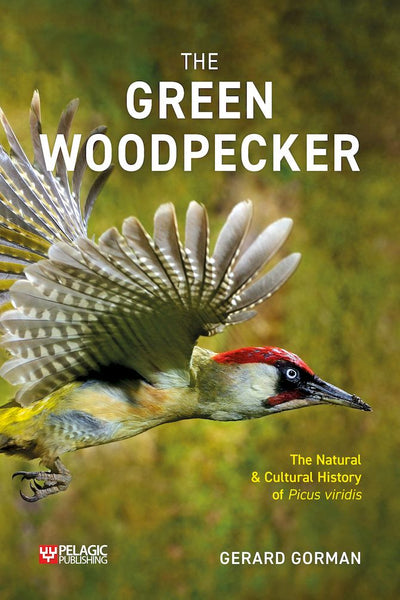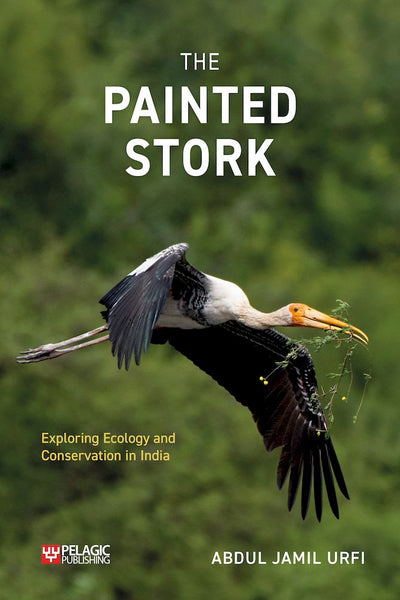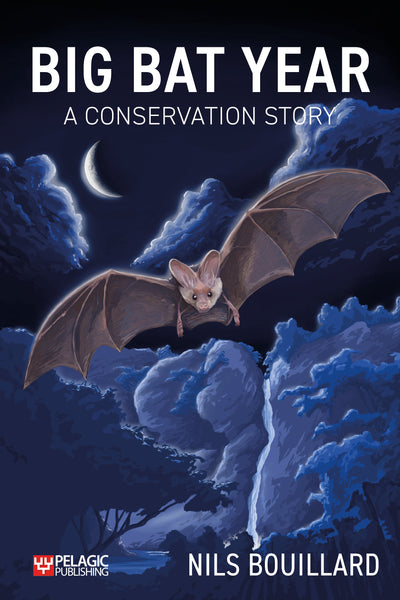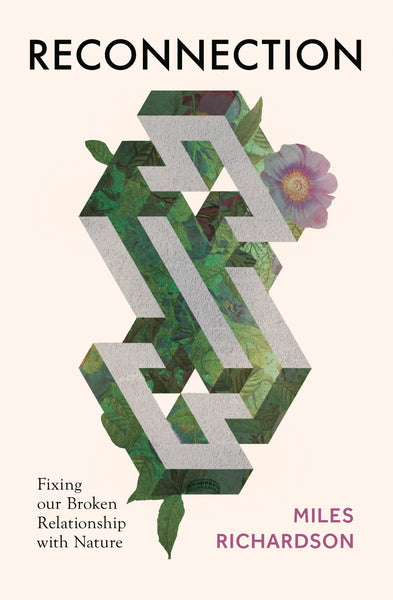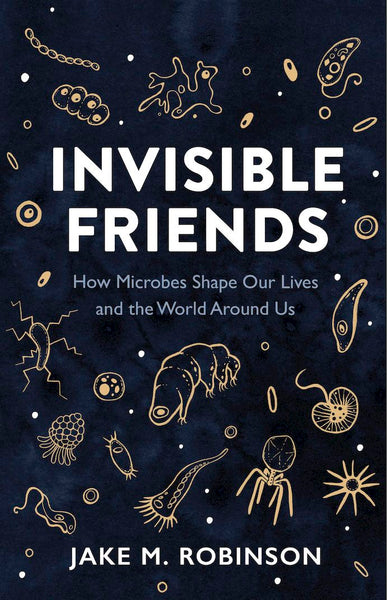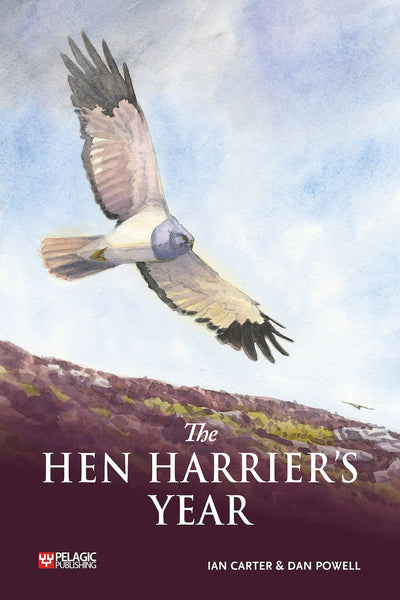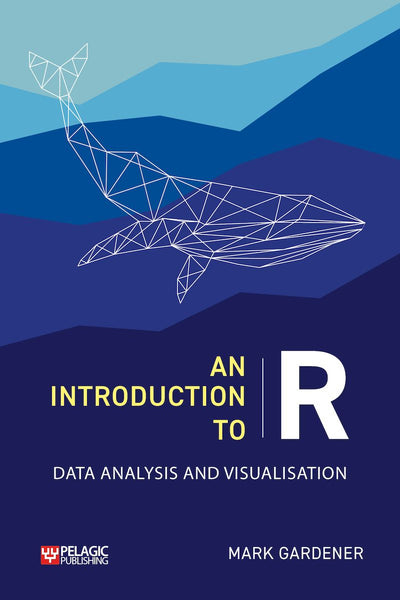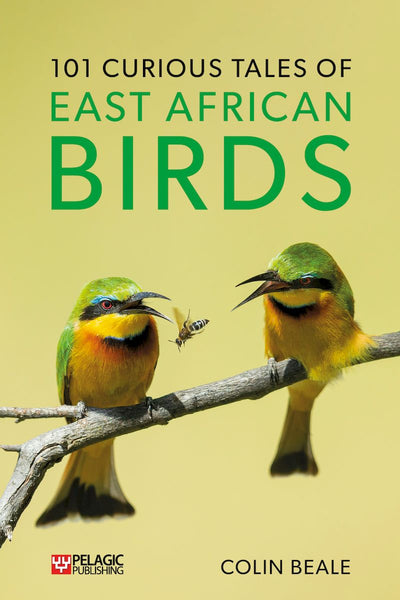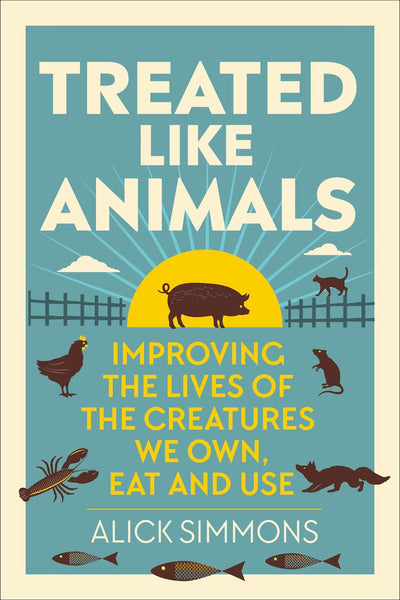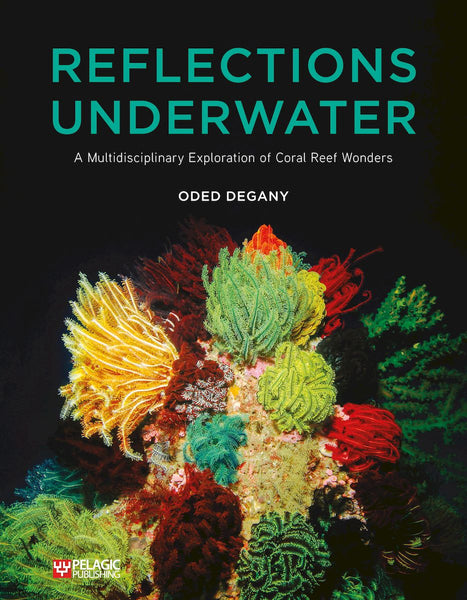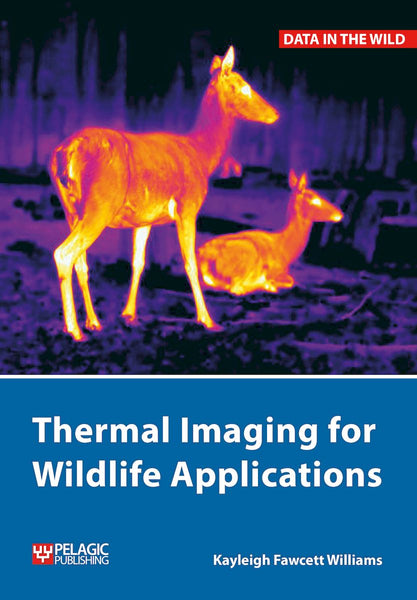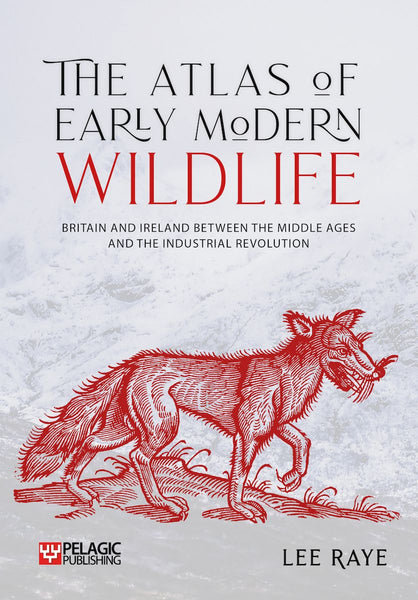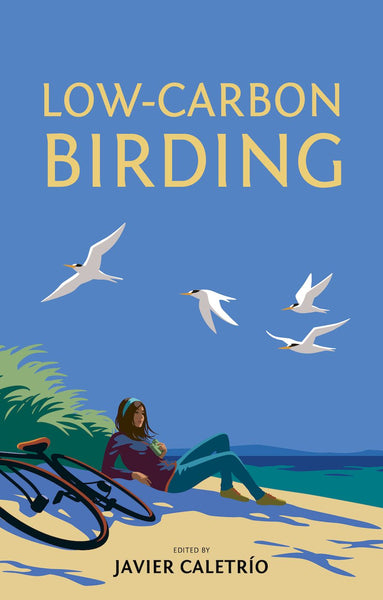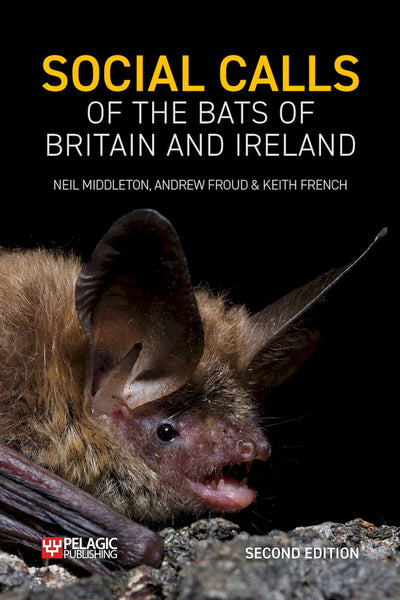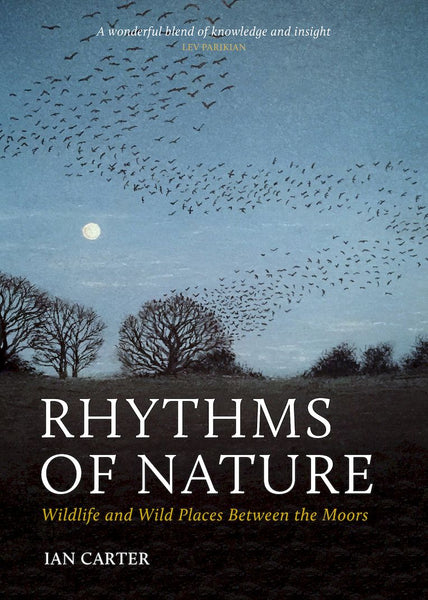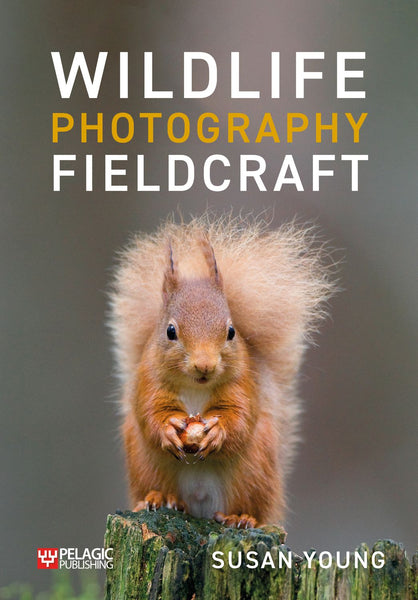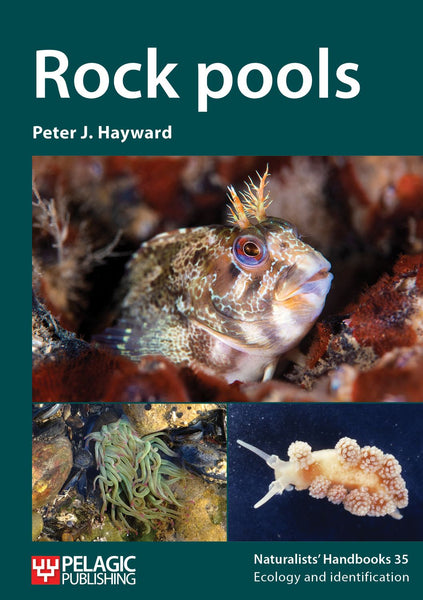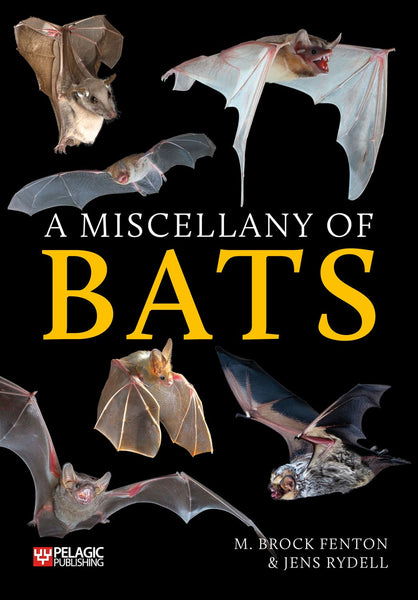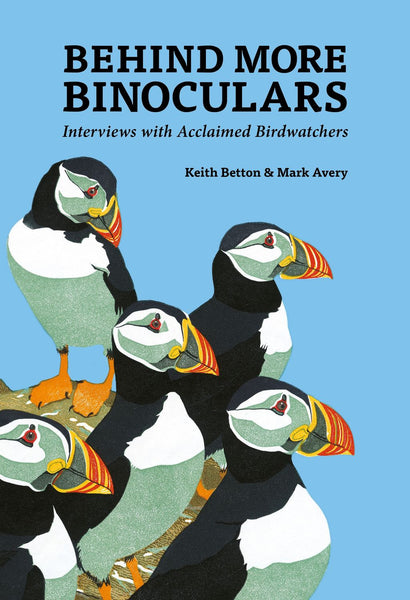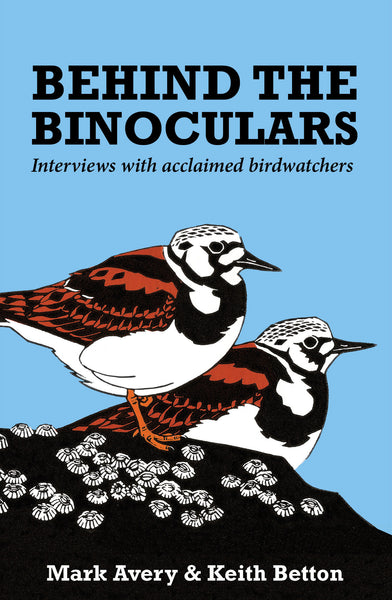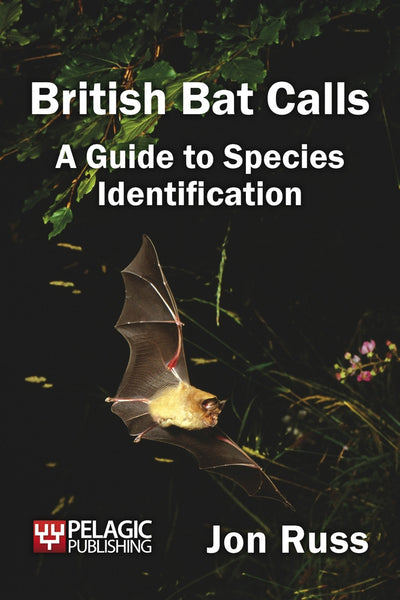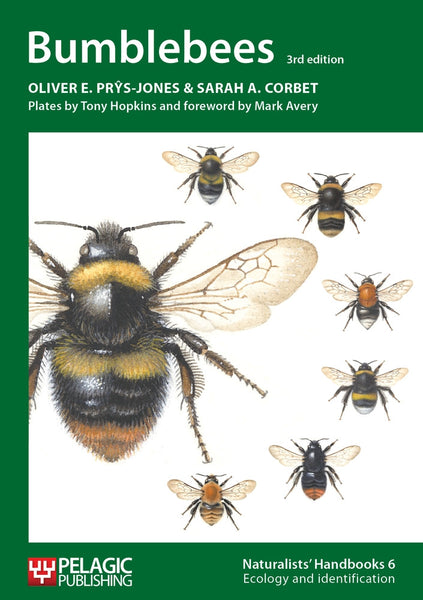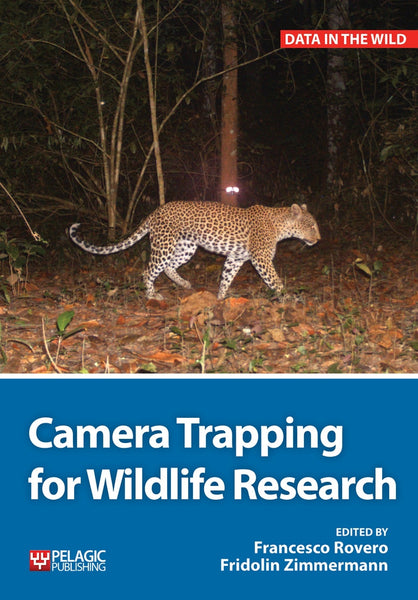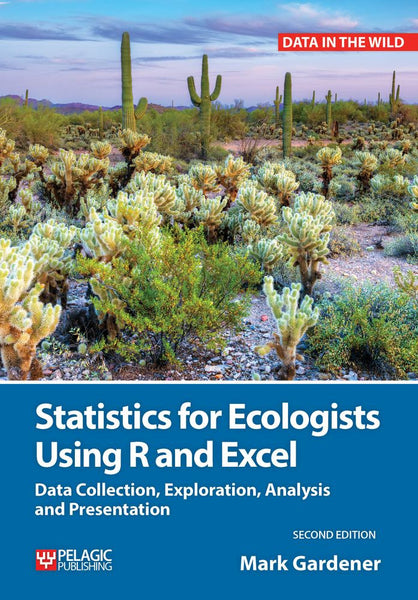A Field Guide to Harlequins and Other Common Ladybirds of Britain and Ireland by Helen Boyce will be published in March 2021. We spoke to the author to find out more about the book and the story behind it.
You have a lifetime of experience with studying and photographing British wildlife. How did you first become interested in Harlequin ladybirds?
When I first spotted the tiny black and orange prehistoric-looking creatures on the plants in my garden, I was curious and eventually found out that they were – unlikely as it seemed – ladybird larvae! More specifically they were the Harlequin ladybird larvae. I had heard about these newly arrived invasive ladybirds that were threatening our beautiful native species and so I decided to learn more about them.
Although I was already familiar with many aspects of natural history, I had never actually studied ladybirds in great detail before – and I was fascinated and captivated from the start! Before long, I was breeding and rearing ladybirds in my quest to find out as much as possible about them. My dining room table soon became covered in containers of various shapes and sizes and I discovered that although they are only small, ladybirds need a surprising amount of daily care and attention … and that in order to keep them well fed, I had to become an aphid breeder as well!

Above: Harlequin larva (left) and Harlequin pupa (right)
A Field Guide to Harlequins and Other Common Ladybirds of Britain and Ireland is due to be published in March. Could you tell us about the book and the useful tools it offers?
A Field Guide to Harlequins and Other Common Ladybirds of Britain and Ireland is the first book that fully references how to identify the Harlequin. It is both a field guide and a reference book and is ideal for anyone with an interest in ladybirds wanting to learn more about the identification process, from beginners to those with existing expertise and knowledge.
The book includes over 350 colour photographs, showing all 26 species, illustrating all the various aspects of the ladybird. I clearly explain how to identify a Harlequin and have tackled each identification point one at a time, accompanying them all with photographs and easy to understand descriptions.
I have also covered in detail, the various life stages of the ladybird as well as other interesting aspects such as predation, parasites, over wintering, where to find them and what they eat. There are photos of eggs and eggs hatching. There is a photo of a one-day-old larva, barely bigger than a pin head, that has successfully caught its first aphid where the aphid is larger than the larva! There are photos of larvae shedding their skin, and time sequence photos, including a larva shedding its skin to become a pupa!
Once you know where to look, it becomes easier to spot ladybirds, so the book, complete with an easy-to-use key, tells you when, where and how to look for ladybirds together with photos of ladybirds in various locations.
Your book is the first field guide of its kind, what drew you to focus your research on this topic?
As I began my learning journey, I studied and photographed thousands of ladybirds – especially Harlequins. I documented my discoveries and grew very familiar with the different colours and markings of each species of ladybird. I concentrated on the 26 species of conspicuous ladybirds – the ones with bright colours, spots and patterns – rather than the 21 species of tiny inconspicuous ones. But my main area of study was the Harlequin ladybird.
When I was initially trying to learn about the Harlequin, I often read that it was hard to identify due to its many different markings and patterns. Although there are some excellent books on ladybirds, I really struggled to find a comprehensive guide to Harlequins, not only to help me learn what they looked like, but how to tell them apart from other species that appeared very similar. Just to add to the confusion, I didn’t realise at that stage, just how many websites show photographs of ladybirds that have been incorrectly labelled!
So, I decided to write the book I wish I’d had when I was starting to learn how to identify Harlequins and other ladybirds. It is my hope that this book will not only help people to increase the accuracy with which they record their sightings of ladybirds on places like iRecord or the UK Ladybird Survey, but will also enable them to appreciate the beauty and wonder of all our native species.

Above: Harlequin ladybirds
Finally, what are the most interesting facts you have learned about these fascinating species?
Amazingly, there are 26 different species of conspicuous ladybirds in the British Isles. There are yellow ones, red and orange ones as well as black and multicoloured ones! They come in various sizes from 3mm (about as small as a little grain of pearl barley) to 8.5mm. The most common two – the 7-spot ladybird and the Harlequin – are about the size of a garden pea (cut in half)!
Some ladybirds are cannibals while others are strictly vegetarian. Most of the native British ladybirds are quite particular about what they eat, but the relative newcomer, the Harlequin, is a ferocious omnivore and isn’t fussy about what it eats – including other ladybirds!
Contrary to popular belief, spots on a ladybird have nothing to do with what sex they are or how old they are, and many don’t even have the same number of spots as their name suggests! The Harlequin ladybird can be red or orange with black spots, or black with red spots, but it never has more than 19 black spots – it’s just a question of how many of the 19 spots can be seen.
A Field Guide to Harlequins and Other Common Ladybirds of Britain and Ireland by Helen Boyce publishes in March 2021 and is available to preorder here.






